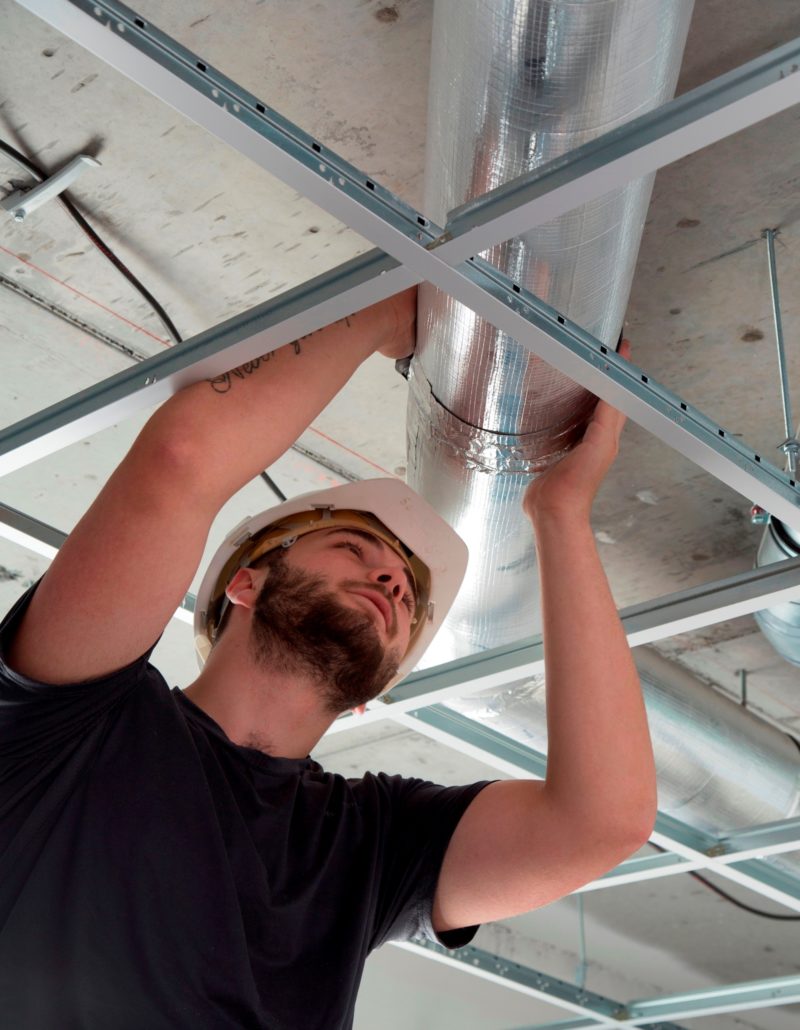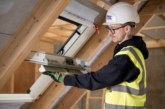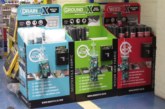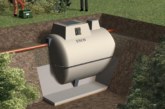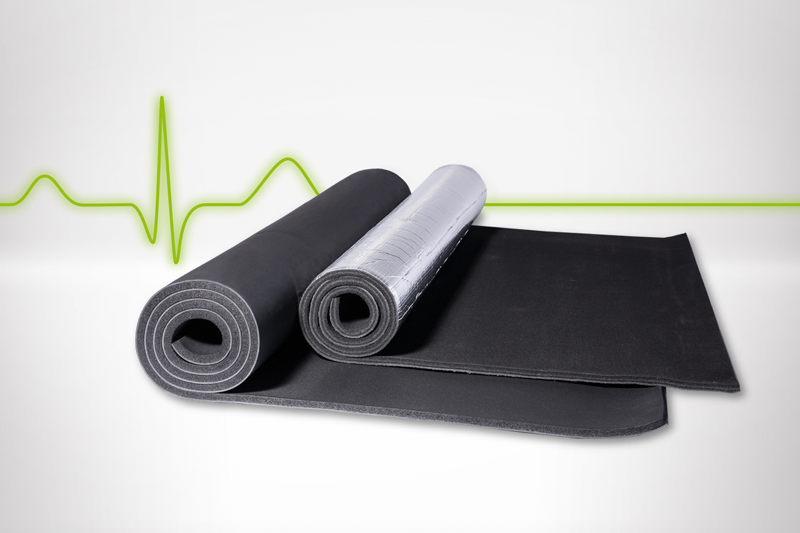
Building acoustics can have a significant effect on our health, wellbeing and happiness. Here, Anthony Barnett, Technical Marketing Manager at Armacell, looks at why offering customers a solution to this age old problem can create new sales opportunities.
According to a recent report, around half a million people each year in the UK cite nuisance noise as one of the reasons for moving home. The World Health organisation (WHO) is also on record as saying that excessive noise is detrimental to human health and disturbs sleep. Left unresolved, nuisance noise can provoke annoyance responses and disruptive social behaviour.
There are a number of factors causing this, such as increased housing density and more multi-occupancy buildings. In these situations, nuisance noise from rainwater and waste water pipes is a commonly cited grievance with an increasing number of people.
Drainage noise nuisance
Noise from rainwater and waste water pipes is a particular concern in multi occupancy buildings such as apartments, schools, hospitals, care homes and hotels. In the majority of these cases, offering your customers a range of acoustic insulation foams — which are relatively expensive and easy to apply to the drainage pipes — can address the issue.
There are a number of factors to consider when evaluating which range of acoustic insulation to offer in your branch. They key requirements is that they should be capable of achieving significant reduction in both airborne and structural noise from cast iron and plastic rainwater and waste water pipes.
However, not all acoustic insulation is the same and there are certain factors to look out for when choosing a range.
The first of these is something that will appeal to directly to your customers — the thinner the foam, the easier it will be to install. It should, of course, still achieve market leading airborne and structural sound reduction performance. For example, there are foams for drainage pipework such as our ArmaComfort that consists of only 2mm thick foil faced acoustic EPDM-EVA barrier with 4kg/m2weight and a 9mm elastomeric foam layer for decoupling.
In comparison to traditional acoustic insulation products, which can be significantly thicker, these modern flexible acoustic foams achieve a much greater reduction in sound level. Furthermore, the thinner wall thickness requires minimal space and is flexible for easy installation on pipe connections.
The material itself makes a difference, too. Flexible, fibre-free acoustic insulation is generally easier to handle on site and consequently are often preferred by installers.
Testing is an important part of offering a product that you and your customers know will deliver the acoustic benefits it promises. In order to better simulate real world application, it is always better to choose an acoustic insulation for waste water and rainwater pipes that has been tested in accordance to EN 14366 – measurement of rainwater noise.
This standard separates waste water noise into airborne and structural-borne components. That’s important because it is still common for drainage and waste water pipes to have direct contact with wall and floor elements, which means that this structural borne noise from water passing through drainage pipes will transfer throughout the building.
Independent tests by CSTB (Centre Scientifique et Technique du Bâtiment) also confirmed that acoustic foams are able to reduce the airborne sound pressure levels of a Geberit roof drainage system by 16 dB (A) at 2 l/s water flow. Similar tests on a PVC pipe (where the vibrations caused by flowing water are stronger because of the lighter weight PVC) achieved a noise reduction of 12 dB (A).
The human ear perceives a reduction of 10 dB (A) as halving the volume. By choosing the correct flexible acoustic foam it is possible to achieve a weighted sound reduction index (Rw) up to 28 dB when pipe and pipe elbows are insulated.
Another essential consideration is the fire rating of the acoustic insulation for drainage pipework. It should achieve fire performance to EN 13823 and EN ISO 11925-2 and here elastomeric foams display very good fire behaviour, achieving the best fire class for organic products in the European SBI test (Bs1, d0).
Noise pollution is a big problem for a lot of people, yet choosing an elastomeric foam that achieves market leading sound reduction and which is relatively inexpensive, can make a huge difference to the comfort of building users. Because of that it has a high perceived value with the homeowner or building occupier, making it an ideal sales opportunity for 2019.
For product videos on the ArmaComfort acoustic insulation materials and other products from the Armacell range, click here.

